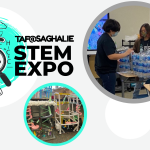
TAF@SGH Students Explore Careers in Game Development
TAF@Saghalie high school students participated in a 10-week Game Development and Design Class. The latest TAF Teacher Scientist Partnership (TSP) course which exposes students of color to a diverse range of possible career choices. TAF’s TSP program partners with volunteers from various STEM industries to bring collaborative learning into the classroom. The program offers several workshops and year-long classes where students gain in-depth exposure to career opportunities from a variety of fields.
The Game Development and Design Class was the first of its kind, fostering student creativity and building problem-solving skills while exploring the real-world challenges of building a video game. Students learned how to build their own video games using the development engine Unity. Within Unity they worked with the Lego microgame, making platformers, mazes, and more out of Lego brick assets.
Some students completed the course with a playable game, while others presented ideas and concepts of what their game design would be and how they would build it with their new knowledge. Ideating is a big part of the game development process.
One student spent their course time creating a Lego maze. They had formed the outer wall and a few interior dead ends but ran into some literal speed bumps. Every time they loaded their game, the many layers of Lego brick assets needed to build walls made for slow work. With only ten weeks to complete the maze, the student focused on building what they could in the time they had. During their presentation, they shared plans for next steps and showcased a map of the intended maze which proposed many more dead ends, a timer to give a sense of urgency, and some monsters for players to avoid.
Some students really found a home in the storytelling, art design and ideating involved in the game development process. One student crafted an elaborate game plan based on their favorite books, the Maze Runner series, drawing inspiration for various levels built from the narrative flow. Their design would involve navigating a maze, problem solving to find a cure for infected players, and monsters with features and behaviors matching the story. With all the time and resources needed, the student expected it to take years to create – an aspiration that goes far beyond a 10-week course!
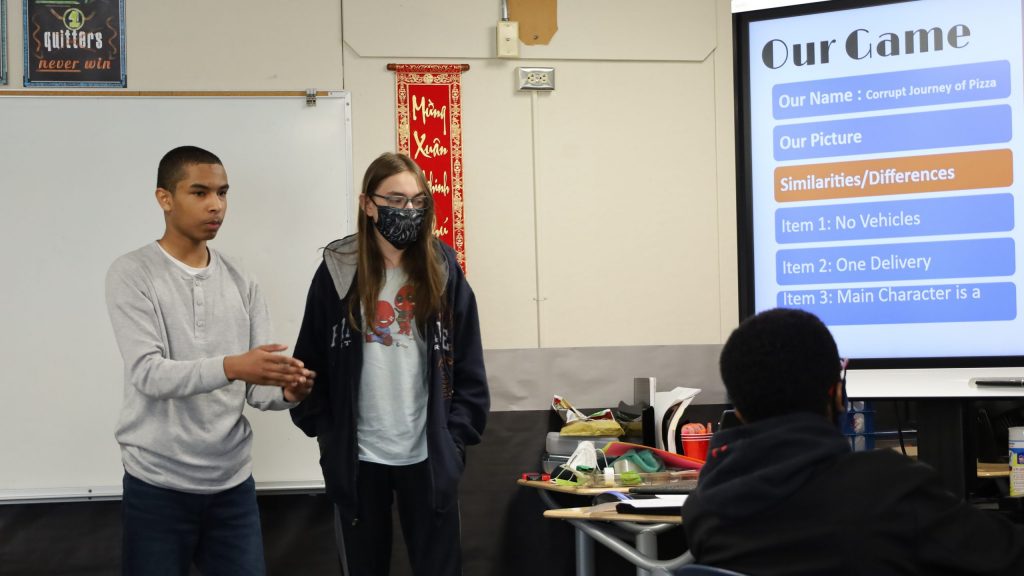
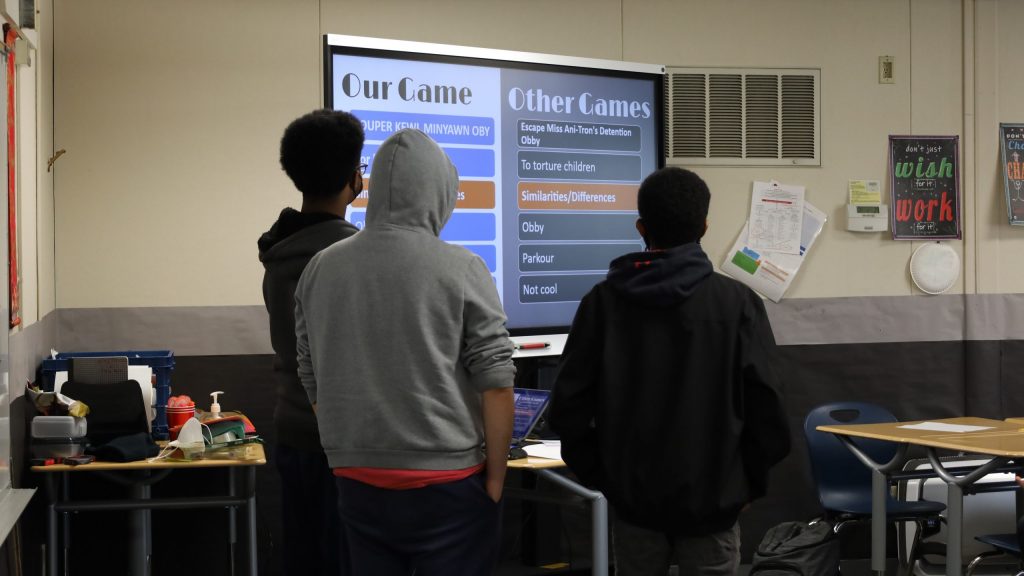
Other student participants took more to the coding element of game development. They started with the base Lego Unity tutorial level and made it their own. When one student’s game opened, the intro included lasers flying in every direction and a broad landscape of floating platforms. This was far removed from the base level they started with! Their game loaded up slowly and missed a crucial piece of code: the mechanism which ends the game in a loss if the player falls. So, the class enjoyed a hearty laugh as the Lego figure continuously fell through an infinite drop, eventually becoming one pixel on the screen at the end of the presentation. A key lesson on the importance of QA and testing before launch!
Though some students led their own projects, others worked in groups, with each team member fulfilling separate roles, such as designer and builder. One group of three students presented a very polished platform game. There was a clear beginning and end, with obstacles and moving floating platforms. Those moving pieces were not prefabricated Lego Unity assets, they were put together and troubleshooted entirely by the students. In the next iteration of this game development course, the syllabus will be adjusted to work in groups right from the start to better suit a wider range of student interest and ability. Grouping students with different skill sets to bolster each other and provide more peer-to-peer support in addition to teacher instruction.
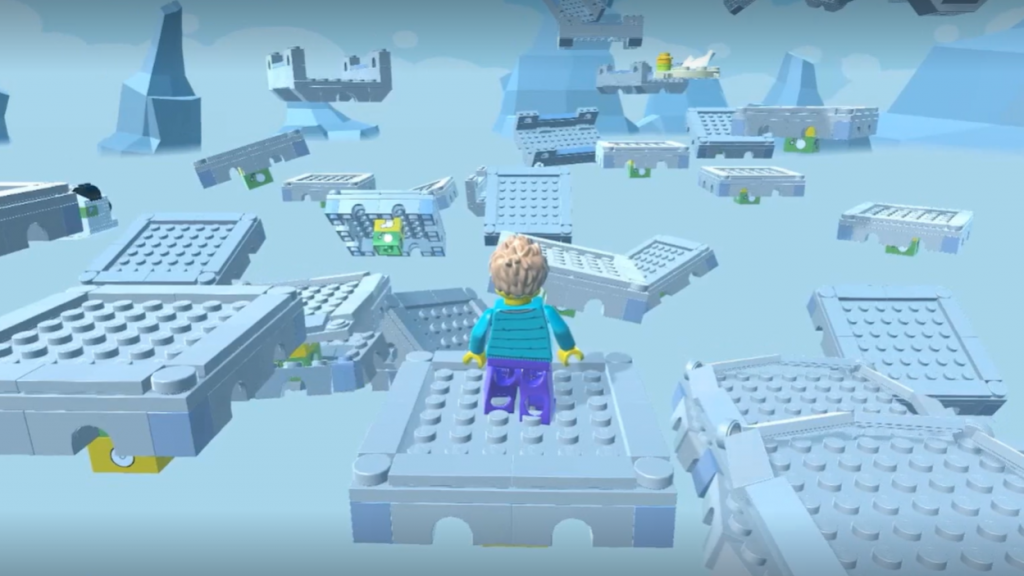
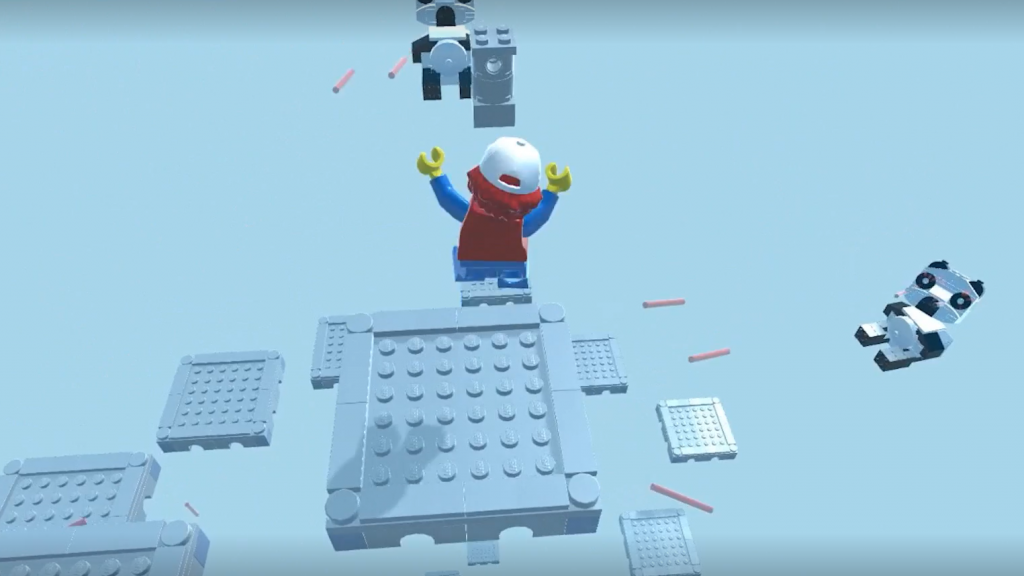
Exploring different areas of interests while integrating skill-building and hands-on experience is a powerful way for students to imagine career opportunities for themselves that historically have not been made accessible to them. Although all students ended the course with ideas still in concept, they still worked with the components, and created the story and vision of their projects. Every challenge they encountered brought forward a new learning opportunity. The inspiration stirred within them will be with these students much longer than the 10 weeks of this course.
Interested in supporting the next Game Development class? Donate during GiveBIG to expand this program further so that more students can explore career opportunities in game design and development!



